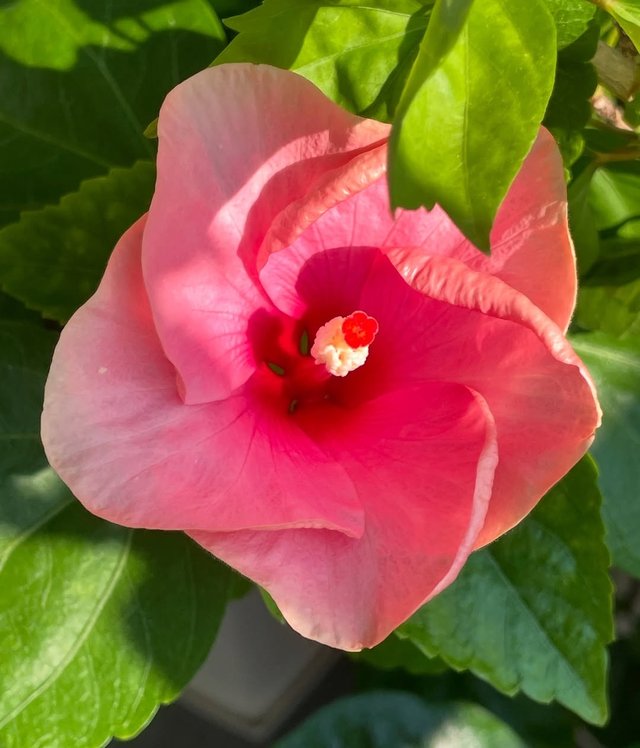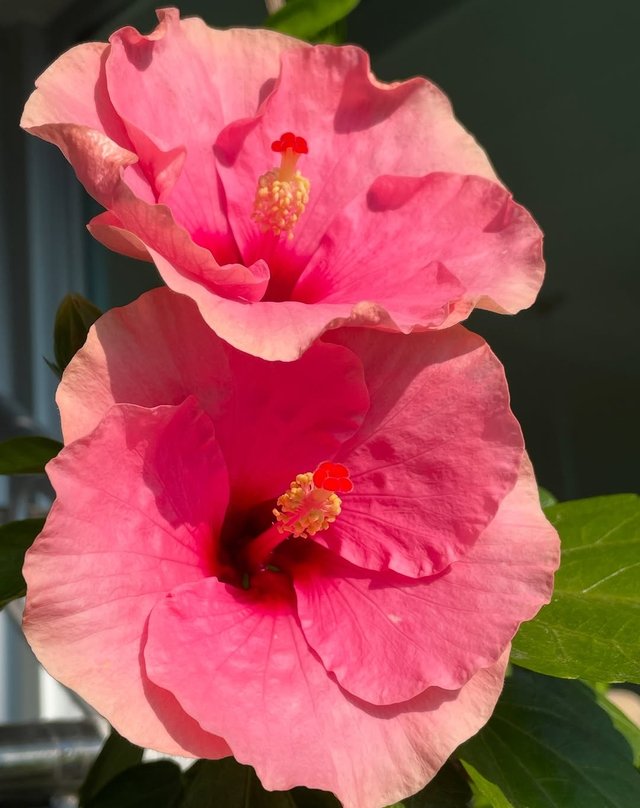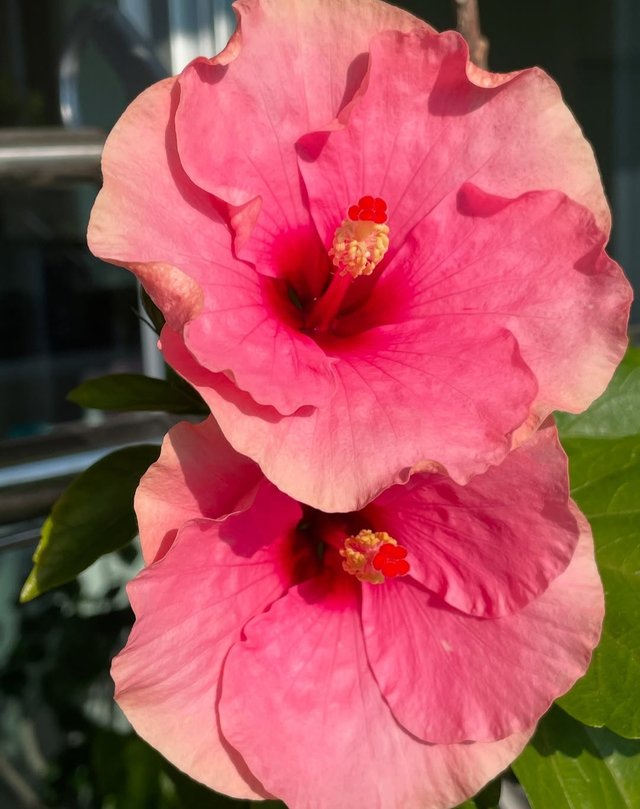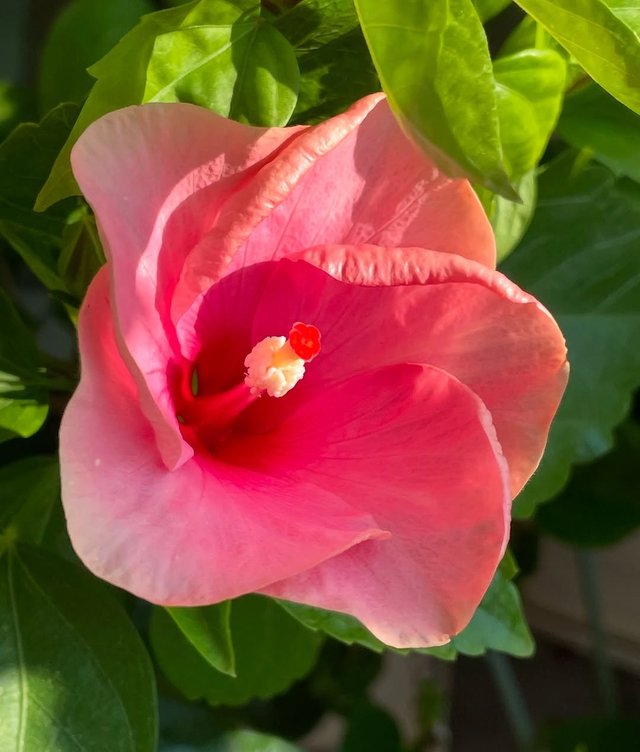Common Hibiscus Flower
The Common Hibiscus is one of the most widely recognized and cherished flowering plants in the world. Known for its vibrant, large blooms and lush green foliage, this plant holds cultural, ornamental, and medicinal importance across many regions. Native to Asia, particularly China and tropical Asia, the common hibiscus has traveled far and wide, adapting beautifully to tropical and subtropical climates.
Appearance and Characteristics
The common hibiscus is a perennial shrub that can grow between 4 to 10 feet in height, depending on its environment and care. It has glossy, dark green leaves that form a dense canopy, making it not only attractive but also useful for hedging. The flowers are the most striking feature: large, trumpet-shaped blooms measuring 4–6 inches across, often in vivid shades of red, pink, orange, yellow, or white. The petals are delicate, with a silky texture, and the prominent central staminal column adds to its exotic charm. Unlike some plants, hibiscus flowers bloom for only a single day, but the shrub produces them in abundance, ensuring that the plant remains in bloom almost year-round in warm climates.
Growing and Care
Hibiscus thrives best in sunny locations where it can soak up at least 6 hours of direct sunlight each day. The plant prefers well-drained, loamy soil enriched with organic matter. Regular watering is essential, especially during dry spells, but the soil should never be waterlogged, as this can damage the roots. To maintain continuous flowering, gardeners often prune hibiscus plants lightly and feed them with potassium-rich fertilizers. Although fairly hardy in tropical climates, hibiscus can be sensitive to frost and requires protection or indoor care in colder regions.
Cultural and Symbolic Importance
The common hibiscus holds deep cultural symbolism in various traditions. In many Asian cultures, it is considered a flower of beauty, love, and femininity. In Hinduism, red hibiscus flowers are offered to the goddess Kali, representing power and divine energy. In countries like Malaysia and South Korea, hibiscus flowers are national symbols—Malaysia’s national flower is the Hibiscus rosa-sinensis, locally known as Bunga Raya, symbolizing unity and courage.
Uses and Benefits
Beyond its ornamental value, the common hibiscus offers practical benefits. Its flowers and leaves have been traditionally used in herbal medicine to treat ailments such as high blood pressure, inflammation, and digestive issues. Hibiscus tea, made from dried petals, is popular worldwide for its tart flavor and health-promoting properties, including its ability to support heart health and aid in weight management. In addition, hibiscus extracts are often used in natural hair and skincare remedies for their moisturizing and strengthening qualities.
Wildlife and Ecological Value
The common hibiscus is not just a feast for human eyes but also an important food source for pollinators. Its nectar attracts butterflies, hummingbirds, and bees, making it a valuable addition to gardens that support biodiversity. By planting hibiscus, gardeners contribute to sustaining local ecosystems.





Thank you for sharing on steem! I'm witness fuli, and I've given you a free upvote. If you'd like to support me, please consider voting at https://steemitwallet.com/~witnesses 🌟